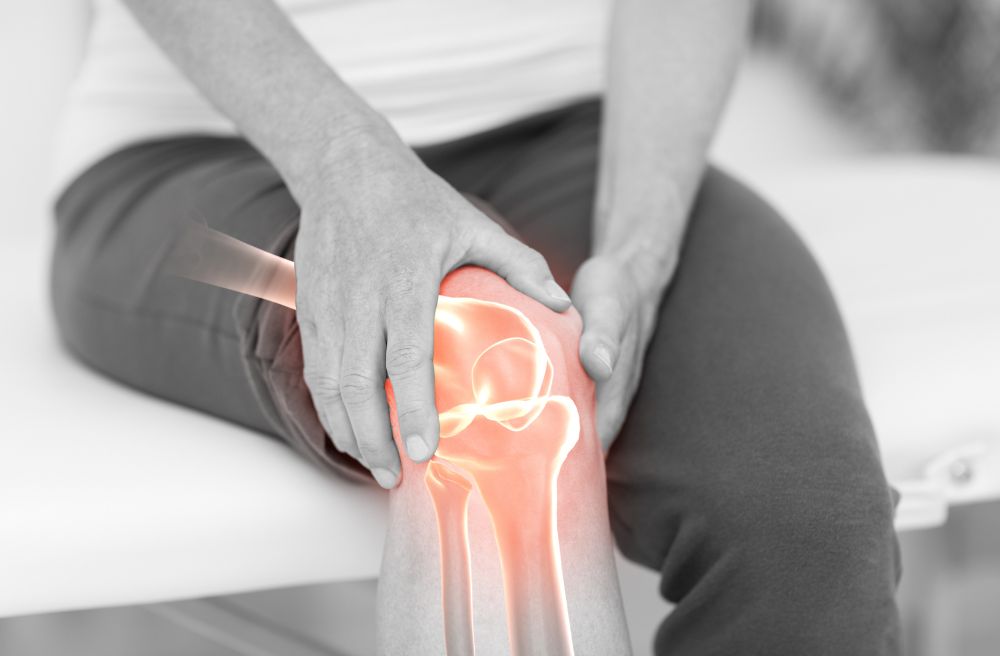
Runner’s Knee: Symptoms and Treatment
Zee SkdrShare
Runner’s knee is a condition often found in athletes and players. However, you can also get a runner'-knee if you are involved in an activity that results in heavy knee stress. Such activities include skiing, biking, cycling, jumping, and more like these.
The conditions can be varying from case to case and can include, anterior knee pain syndrome, iliotibial band syndrome, patellofemoral malalignment, and chondromalacia patella. If you are overweight, then you may be at a little higher risk of getting a runner’s-knee.
Runner's-knee is a very broad term that covers different types of knee conditions. If you are feeling pain in your knee, you can simply call it a runners-knee. But when you visit a doctor, they will diagnose the exact category for the perfect treatment.
What Brings patellofemoral syndrome (Runner's-Knee)?
Patellofemoral syndrome can be caused due to torn cartilage, damaged knee lining, or damaged soft tissues. Tendons and ligament deterioration can be a cause, but all the below factors can also contribute to it.
- Weak Thigh Muscles: The front muscles of your thighs, help support your kneecap and grip it firmly in place. Weak muscles will not be able to grip your knee properly, especially when you are involved in a knee-stress activity.
- Overuse: Being involved in high knee stress exercises will damage the tissues in long run. Always allow breaks for a few days, so that your body can heal itself.
- Knee Injury: An injury to a knee during any activity can also cause a runner's knee.
- Misaligned Bones: If any single bone starting from your hip to your ankle is misaligned. This will result in unusual stress on your knee or kneecap.
- Issues with Feet: A foot can highly impact the way you walk or move. If you have any condition like hypermobile, fallen arches, or overpronation this can cause knee pain.
- Chondromalacia Patella: Chondromalacia Patella happened when the cartilage under your kneecap is damaged this will cause knee pain.
Can I Get Early Symptoms?
The very early symptoms without pain are grinding and ticking sounds when you move. If you don’t investigate the real cause, it will result in further damage and pain will start slowly.
When pain starts you will notice it in all the following activities.
- After long bending or leg folding. Feeling pain to stand up after sitting on the ground.
- During moving up or down stairs.
- When the situation gets worse, you may face difficulty even in getting up from the chair.
- Another symptom is swelling & inflammation around your knee.
How to Treat Runners Knee?
When you reach out to a doctor, they will further investigate everything. You may have to go through an X-ray or MRI scan. This will help doctors to better understand the extent of the damage.
Most of the time the runner’s-knee is a self-healing process. But it needs rest and time. Some treatments are available to help boost the process and relieve the pain.
- Icing your Knee: To counter swelling and pain, use cold massage for a maximum of 20-30 minutes and up to thrice a day.
- Use Knee Braces: This will help your knee get extra support while moving. Multiple types of elastic bandages are available in the market, from which you can choose.
- OTC Medication: To relieve the pain and swelling, some over-the-counter medications can help like ibuprofen or naproxen. Please use the doctor's advice, as all medications have some side effects.
- Stretching Exercises: To strengthen your muscles, there are many exercises available.
- Orthotics for Shoes: They can help to better position feet and manage body weight more effectively.
If you are affected by a runner’s knee this does not mean that you cannot take part in games forever. But in fact, you have to just heal your body, to get back into life. Instead, some people also switch to new exercises, like if you are a jogger then switch to swimming.
Always let your body heal, before you go back to your sports activity. Otherwise, you may cause further damage to your knee. Also, slowly increase the level of activity rather than switching to high-speed modes.
The main indicator is bending your knees without pain. If you feel no pain during folding and bending your legs during a jog or walk, then you are good to go.
